Historic Districts and Landmarks
Renovating a historic home is one of the most fun and exciting projects you can undertake as a homeowner. Whether you’re modernizing an older home or staying true to the original design, remodeling historic homes can be a huge undertaking. We recently helped our client Stephanie with the windows in her historic Clifton renovation.
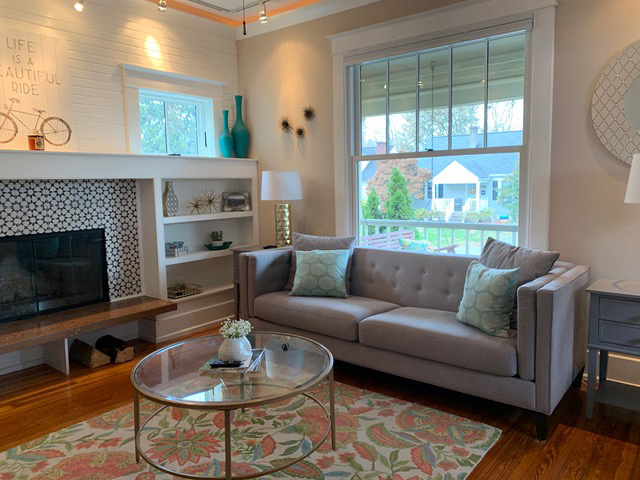
Our coworker, Karen, was able to get a Marvin window for her Crescent Hill house that perfectly matched the original window.
In Louisville, portions of your project may be subject to review by the Historic Landmarks and Preservation Districts Commission. There are seven local historic preservation districts in Louisville (Butchertown, Cherokee Triangle, Clifton, Limerick, Old Louisville, Parkland, and West Main Street), as well as individual landmarks.
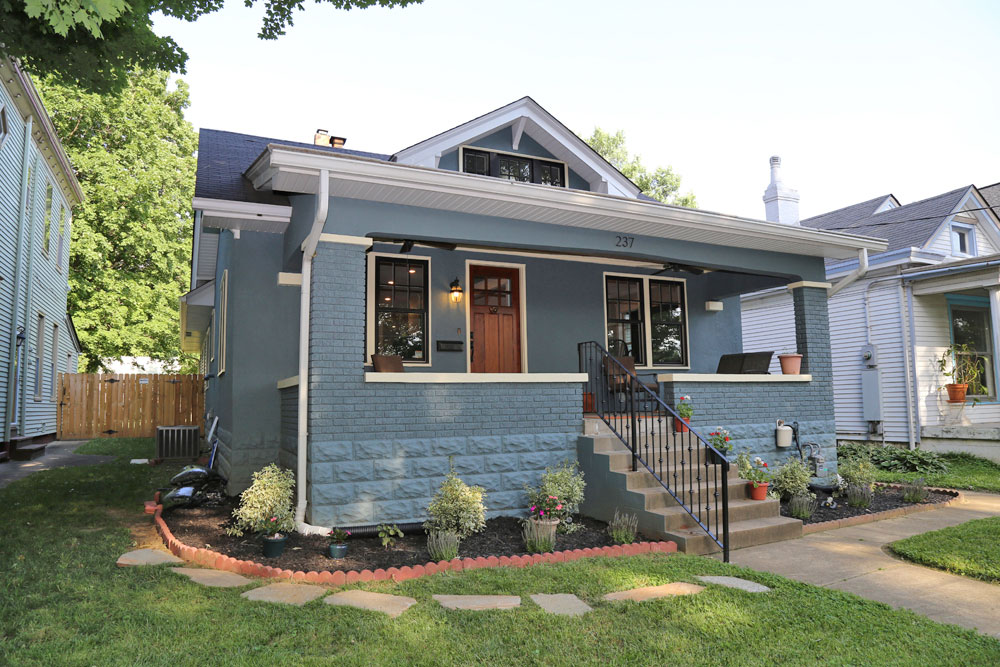
This charming Clifton bungalow is one of countless historic district homes the Door Store and Windows has helped to restore.
To learn more about the process, we talked with Becky Gorman, who works for Planning and Design Services and is staff to the Historic Landmarks and Preservation Districts Commission. She says that the best place to start with any exterior changes to a home in a historic preservation district is with a call to the Landmarks Planning and Design Department at (502) 574- 6230. Simply explain that you have questions about windows or doors and ask to speak to a Landmarks staff member, who will walk you through what you need to do to get started, the process of getting approved, and the design guidelines for your area.
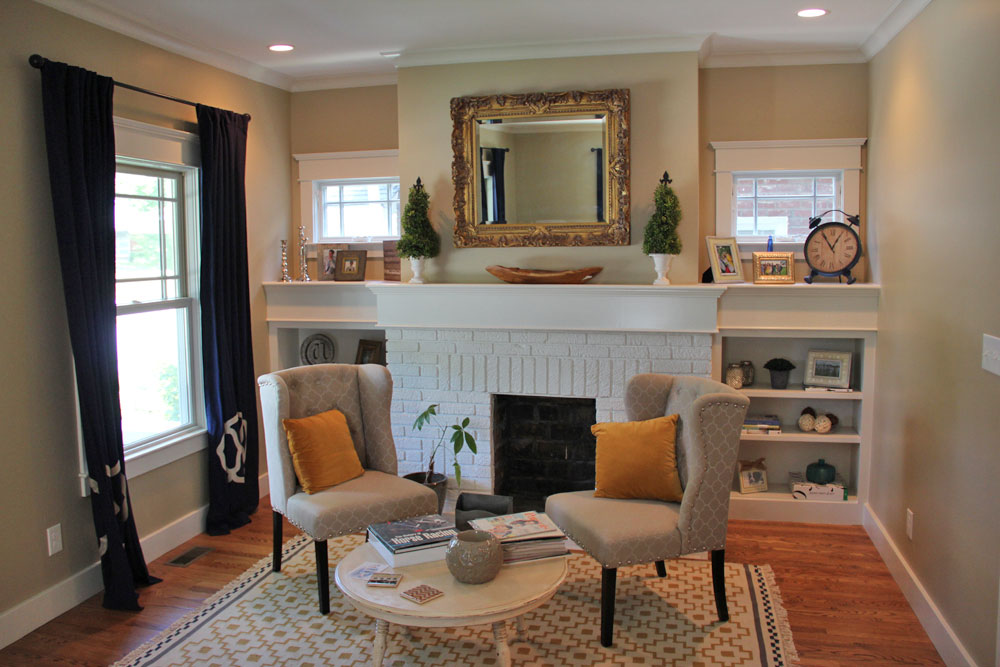
This sweet Highlands home required craftsman-style windows in a range of sizes, as you can see!
You can also do preliminary research online. On the Historic Preservation and Urban Design website you can find design guidelines for each district and the review process for a Certificate of Appropriateness (COA). A COA is the permit needed for exterior changes, and to obtain one, you’ll need to submit a Landmarks application. Your Landmarks application will be reviewed by a case manager, who will help guide you through the process of making any exterior changes to your home. For Stephanie, it included the recommendation that a contractor could repair her original street-facing windows.
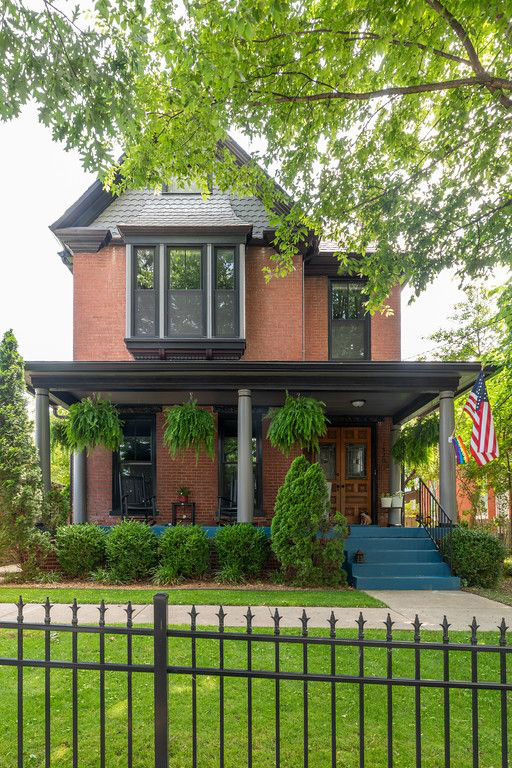
Dark, tall, and elegant windows set this stately Highland Avenue home apart. Historical accuracy does NOT mean dull!
The Historic Landmarks and Preservation Districts Commission Design Guidelines prefer that historic elements (like original windows) are maintained rather than replaced unless there’s a serious issue that can’t be fixed. For Stephanie, this meant repairing the windows facing the street, which she was just as happy to get fixed. “I love the fact that these windows are original,” she says. “They have that charming old wavy glass.”
With the front-facing windows in the process of being repaired, Stephanie contacted Door Store and Windows to address the windows on the side and rear of her home. “I knew that Door Store and Windows had a reputation for being able to match existing windows and that Marvin was great at historical replacements.”

We worked with the owner of this brick Belknap cottage to select deep red divided light windows throughout.
Our Window and Door Replacement Specialist Mark was able to assist Stephanie in selecting a window style that matched her original windows, including selecting a wood stain that matched her interior trim. Ultimately, Stephanie was not only able to get Marvin windows that perfectly matched the originals, she was also able to get sleek, low-profile storm windows to protect the 95-year-old windows on the front of her house.
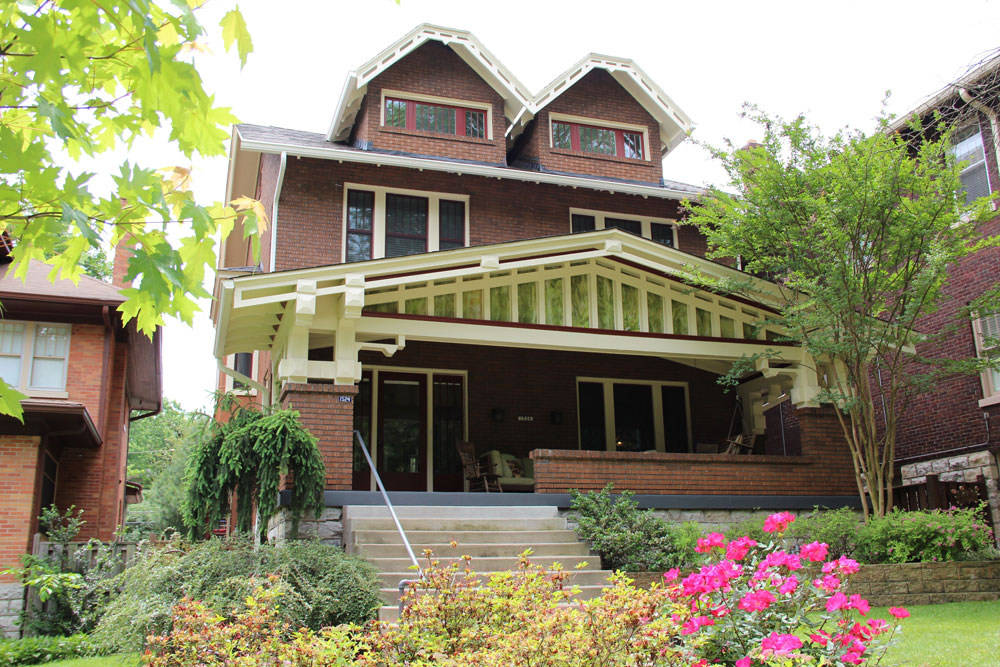
This magnificent Cherokee home required dozens of uniquely shaped and historically accurate windows.
The most important thing to remember when renovating a home in a historic district is that for exterior renovations, like doors and windows, there are special steps you must take to complete your project. If you’re considering beginning renovations on your historic district home, visit the website of the Historic Landmarks and Preservation Districts Commission.
If you have questions about historic replacement windows or doors, contact Door Store and Windows to learn more, or stop by our showroom to see all of our unique designs.

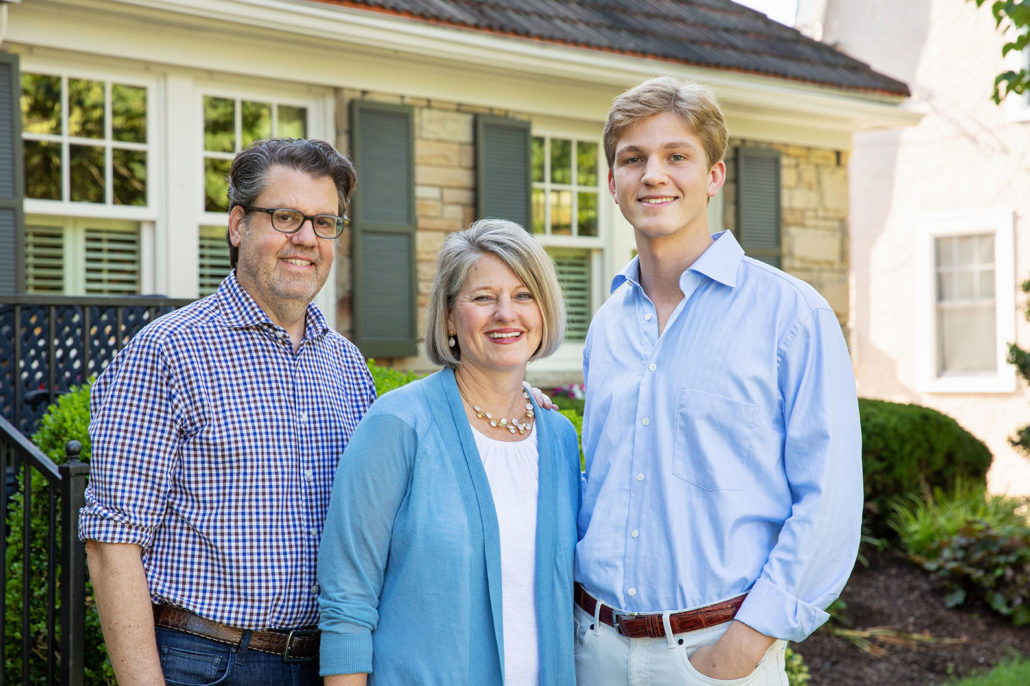
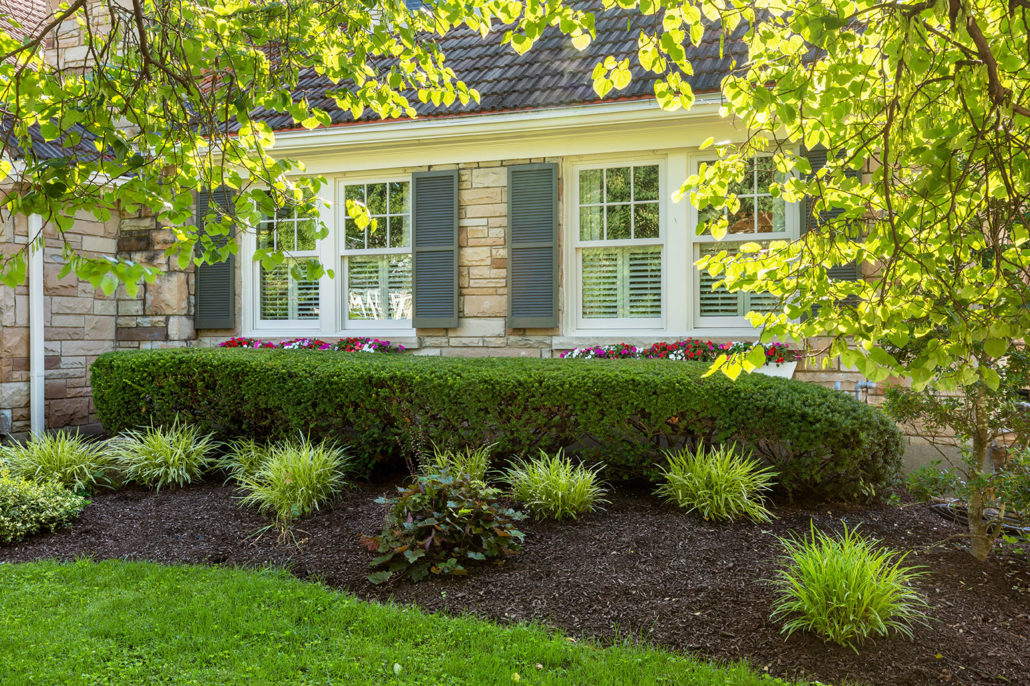
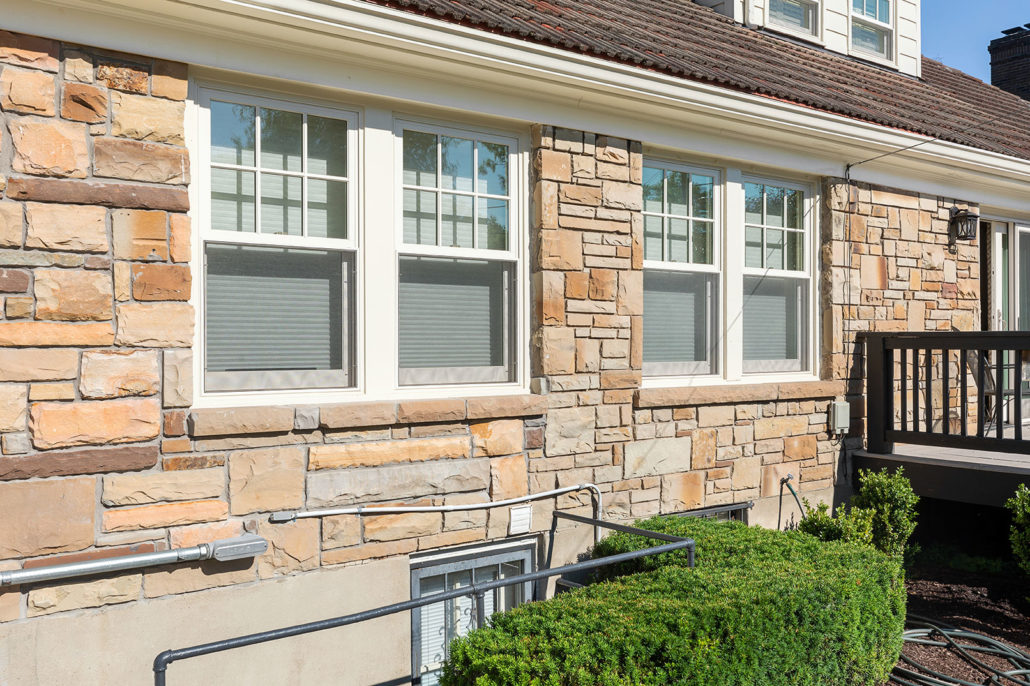

 Kentuckiana is our community! We’re locally-owned and operated, not a franchise, so you get attentive, local service.
Kentuckiana is our community! We’re locally-owned and operated, not a franchise, so you get attentive, local service.
